An annotated bibliography is a list of citations to books, articles, and documents. Each citation is followed by a brief (usually about 150 words) descriptive and evaluative paragraph, the annotation. The purpose of the annotation is to inform the reader of the relevance, accuracy, and quality of the sources cited.
Preparing an Annotation: Points to Consider
From Soule, C & Starr, G.E.(1997/1998). The Annotated Bibliography Assignment: Improving Student’s Skills in Library Use, Critical Thinking and Course Content. Teaching & Learning at Appalachian. 2 : 12-15
In an annotated bibliography, the annotation follows the reference (or citation) for the article. An annotated bibliography could include books, journal articles, magazine articles, newspaper articles, essays, book chapters, films, etc. This handout refers specifically to journal articles. The annotation’s purpose is to describe the article in enough detail so that the readers can decide whether or not to read the article. Any of the following points could be addressed in an annotation; there will not be room to address all of them. As you read an article, you can decide which points are most important, or most useful, for that particular article.
AUTHOR
What do you know, or what can you find out, about the author(s)? What is the author’s occupation, position, academic background, prior publishing experience, etc? Is the author qualified to write on the topic addressed in this article?
PURPOSE
What was the purpose for writing the article, or doing the research described in the article? Is the purpose specifically explained? Is a certain message conveyed in the article?
INTENDED AUDIENCE
To whom is the author speaking? Is the article intended for the general public, scholars in the same discipline as the author, students, teachers, professionals, or a variety of audiences? Does the author’s writing style, vocabulary, or arrangement of the article reflect a particular audience?
AUTHOR BIAS
Can you tell if the author has a bias, or perhaps makes assumptions in the articles arguments or research? What are these assumptions?
INFORMATION SOURCE
How was the information or data obtained? Is the information based on a laboratory experiment, a questionnaire, personal interviews, observation, standardized tests,
library research or a combination of these methods?
AUTHOR CONCLUSION
What conclusions does the author make? Are they specifically stated, or are they implied?
CONCLUSION JUSTIFICATION
Are the author’s conclusions justified by the research conducted or by the other information presented in the article? Does the author have any biases that skew the conclusions?
RELATIONSHIP TO OTHER WORKS
How does this article compare to other articles on the same topic? Do the conclusions agree with, or differ from, established scholarship, government policy, or conventional wisdom on the topic? Does the author mention other studies or published sources that agree or disagree with his or her point of view? Is the information presented primarily for or against the author’s point of view?
SIGNIFICANT ATTACHMENTS
Does the article include graphs, tables, photographs, bibliographies, questionnaires, tests, or other documents? If so, do the attachments enhance the article? If not, do you feel the article should have included such attachments?


